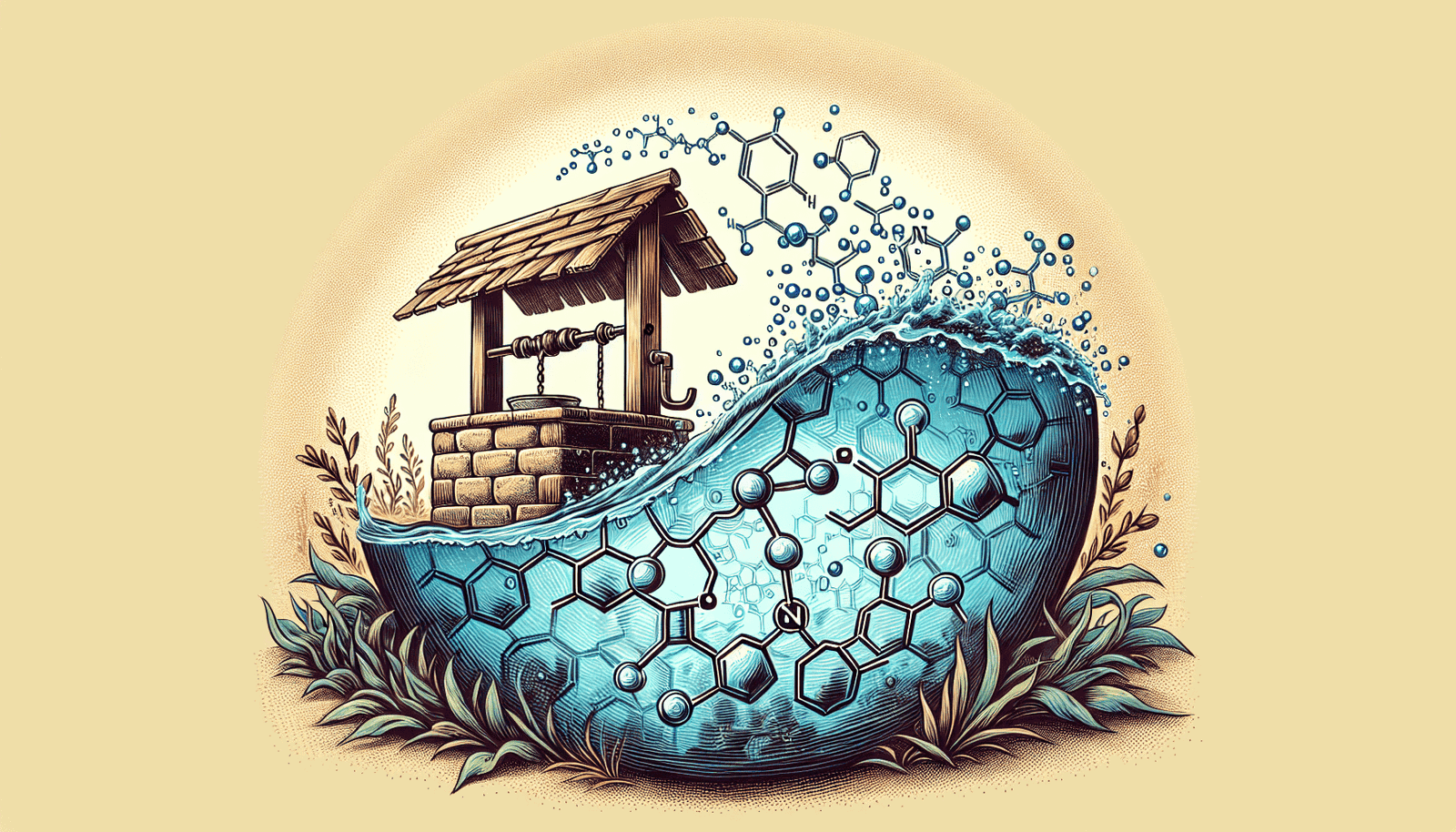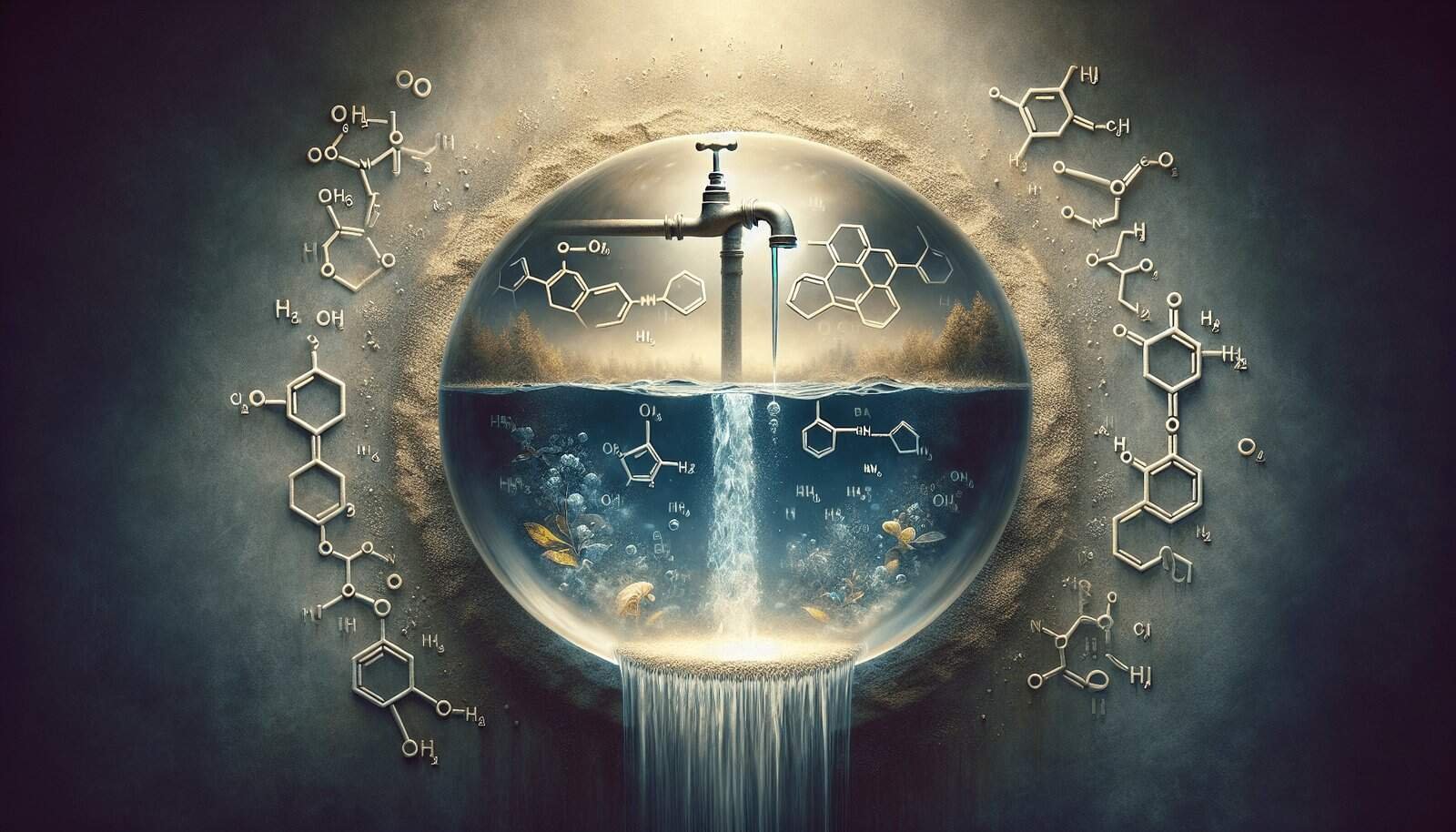Have you ever wondered what’s lurking in the water you drink every day? It might be time to pay attention, especially if your water well is among those tested in Bennington. Recent testing has uncovered ‘forever chemicals’ in more water wells in this area, and understanding the implications of this finding is crucial to ensuring safe water consumption.
What Are ‘Forever Chemicals’?
‘Forever chemicals’ is a term commonly used to describe per- and polyfluoroalkyl substances (PFAS), which encompass a diverse group of over 4,000 human-made chemicals. These substances are characterized by their chemical stability, meaning they do not break down naturally in the environment, hence earning the moniker ‘forever.’ They are used in a wide range of commercial products for their resistance to heat, oil, stains, grease, and water.
Why PFAS Matter
The stability and resiliency that make PFAS so useful for industrial purposes also pose significant environmental and health risks. Once these chemicals enter the environment, especially drinking water sources, they persist and accumulate, leading to increased exposure. Studies have linked PFAS exposure to various health issues, such as hormone interference, immune system changes, developmental delays in children, and a variety of cancers.

Understanding Water Well Contamination in Bennington
The recent tests conducted in Bennington have revealed an increased presence of PFAS in more water wells, raising concerns and questions about the safety of drinking water in the region.
How Widespread is the Problem?
The findings in Bennington aren’t isolated. Across the United States and globally, water sources are increasingly tested for PFAS, and many are found to be contaminated. Ongoing military and industrial activities, coupled with improper disposal practices, often contribute to this widespread issue.
The Impact on Communities
Beyond individual health concerns, PFAS contamination has broader implications for communities. Contaminated water sources can undermine trust in local water systems, decrease property values, and lead to expensive cleanup and health care costs. For residents relying on private wells, the challenge is compounded by the need to arrange and often pay for testing and water treatment.

Addressing the Contamination
The discovery of PFAS in Bennington’s water wells demands a concerted response from both governmental and local authorities. Measures must be taken to assess the extent of contamination, mitigate the risks, and prevent future pollution.
Government Action
Federal and state agencies are increasingly focused on monitoring and regulating PFAS levels. The Environmental Protection Agency (EPA) and state-specific environmental bodies provide guidance and support for testing and remediation efforts. Policies are being developed to limit PFAS use and manage contaminated sites more effectively.
Community Involvement
Communities can play a crucial role in addressing PFAS contamination. Public awareness campaigns, community meetings, and access to testing services empower residents to understand the risks and take appropriate steps. Community action can also push local governments to implement stricter regulations and more robust inspection and maintenance processes.

Practical Steps for Individuals
Given the serious implications of PFAS contamination, it’s essential to take proactive steps to protect yourself and your family.
Testing Your Water
If you’re a well owner in Bennington or a similar area, consider having your water tested for PFAS. Many testing services are available, and some programs may offer financial assistance or free testing to those who qualify.
Treatment Options
If PFAS levels are detected in your water, several treatment options are available. Granular activated carbon (GAC) filters and reverse osmosis systems are generally effective in removing PFAS from drinking water. However, the choice of treatment depends on the contamination levels and specific household needs.
Mitigation Strategies
In addition to treatment, consider adopting mitigation strategies to reduce PFAS exposure. This can include using treated or bottled water for drinking and cooking, regularly cleaning water filtration systems, and staying informed about local water quality trends and regulatory updates.

The Road to Safer Water
The revelation of increased PFAS levels in Bennington’s water wells highlights the ongoing challenges posed by ‘forever chemicals.’ While daunting, the path to safer water is possible through informed action and collaboration between governments, communities, and individuals.
Innovations in Water Safety
Researchers and scientists worldwide are developing new technologies and methods to detect and eliminate PFAS from water sources more efficiently. These innovations hold promise for improving water safety on a larger scale, potentially leading to less reliance on resource-intensive treatment systems.
Building Resilience
Ultimately, building resilience against water contamination involves not only addressing current issues but also preventing future ones. This entails comprehensive policies, responsible industrial practices, and community-driven initiatives that prioritize long-term environmental and public health.

Conclusion
As evidence of PFAS contamination continues to surface, staying informed and taking proactive measures is crucial for maintaining safe and clean water. By understanding the risks and response strategies, you can help protect your health and advocate for more stringent protections in your community. The journey to safer water requires cooperation and commitment, but together, safer, cleaner water is within reach.
